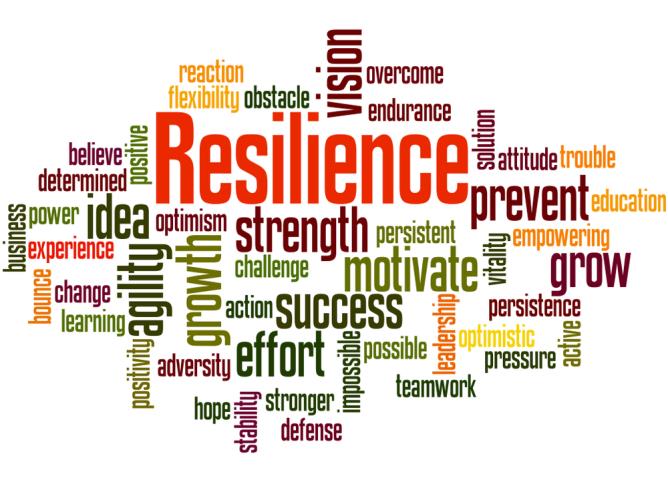Why a Leader Needs to Build Resilience
What is resilience?
Have you ever noticed two leaders dealing with the same issue? One lets the stress just “roll off” in a carefree manner while the other screams and no doubt spikes the blood pressure.
The difference is resilience. Resilience—the ability to bounce back from adversity, failure, and trauma—helps leaders remain calm under pressure, find creative solutions in challenging times, and build cultures of high performance and high satisfaction. Resilient leaders use setbacks and disappointments as catalysts to learn, grow, clarify their desires, and ultimately become stronger, better versions of themselves. They are adaptable, flexible, focused, and have the mental and physical stamina to achieve their goals. All this makes them well-equipped to inspire others to work to their highest potential as well.
Why the need for building resilience?
Our work with leaders as well as our own personal experiences with deep, emotional pain and failure have shown us how important it is for leaders to learn positive coping mechanisms for the inevitable challenges of business and the inescapable suffering of life. Learning to find meaning and personal growth in adversity allows leaders to flourish—professionally and personally—instead of becoming stuck and ineffective.
How to develop resilience
The good news is that resilience is not a fixed trait that you either have or do not have. It can be learned. As you practice new behaviors, thoughts, and responses to stressors, you literally rewire your brain.
When we work with leaders, we first look for those who have a growth rather than a fixed mindset. The latter mindset views qualities as innate and unchangeable. A growth mindset believes in a person’s ability to learn. A leader with a growth mindset sees a failure as an opportunity to adapt, try something new, look at the situation from a different perspective, and try again.
Leaders who are not resilient can end up burning themselves out, ignoring critical indicators, draining the people around them, and fostering cultures of negativity and blame. On the other hand, resilient leaders realize that something is only a failure if they stop moving forward or fail to learn from it. This allows them to feel in control, perform better, progress toward their goals, and take responsibility for shaping their own futures. It also allows them to build cultures of personal responsibility and empowerment.
Leaders who model resilience are able to teach others to find creative solutions, perform well under stress, and be flexible in a fast-paced, constantly-evolving work place. Resilience also fosters trust. This is because resilience is built upon and utilizing emotional intelligence, positive psychology and an array of social skills that improve not only the mindset of leaders but also their relationships. Resilient leaders positively impact the culture, networks, brands, solutions and people of their organizations.
As long as a leader has a growth mindset they can learn to be more resilient. Resilience can be broken down into a set of skills that can be learned and practiced until they become habits. These skills give leaders self-awareness about their inter- and intra- personal interactions and allow them to be their best selves in all situations.
Some examples of action steps leaders can take to build resilience include:
Pay attention to how your thoughts affect your emotions and your behavior
Tell empowering stories about your challenges
Focus on (and talk about) the solution not the problem
Get your needs met
Structure your life around your strengths
Acknowledge your weaknesses and develop them
Take care of yourself – mentally, emotionally, physically and spiritually
Spend time with people who bring out the best in you
Reach out and accept support when you need it
Look for the value in all of your experiences
Practice mindfulness
Learn to hear what your negative emotions have to tell you
Live your life in alignment with your values
Use setbacks to clarify your desires
Resilience is a subject of many books – three notable ones are The Resilience Factor by Karen Reivich and Andrew Shatte, Option B by Sheryl Sandberg and Adam Grant and Resilient Grieving by Lucy Hone PhD. Each book demonstrates the breadth of how being resilient can be beneficial.
In summary, we believe that leaders should invest in building resilience. Our work with leaders on building these skills demonstrates that the positive emotions and outcomes that come from resilience have a profoundly positive impact on both their professional and personal lives.

